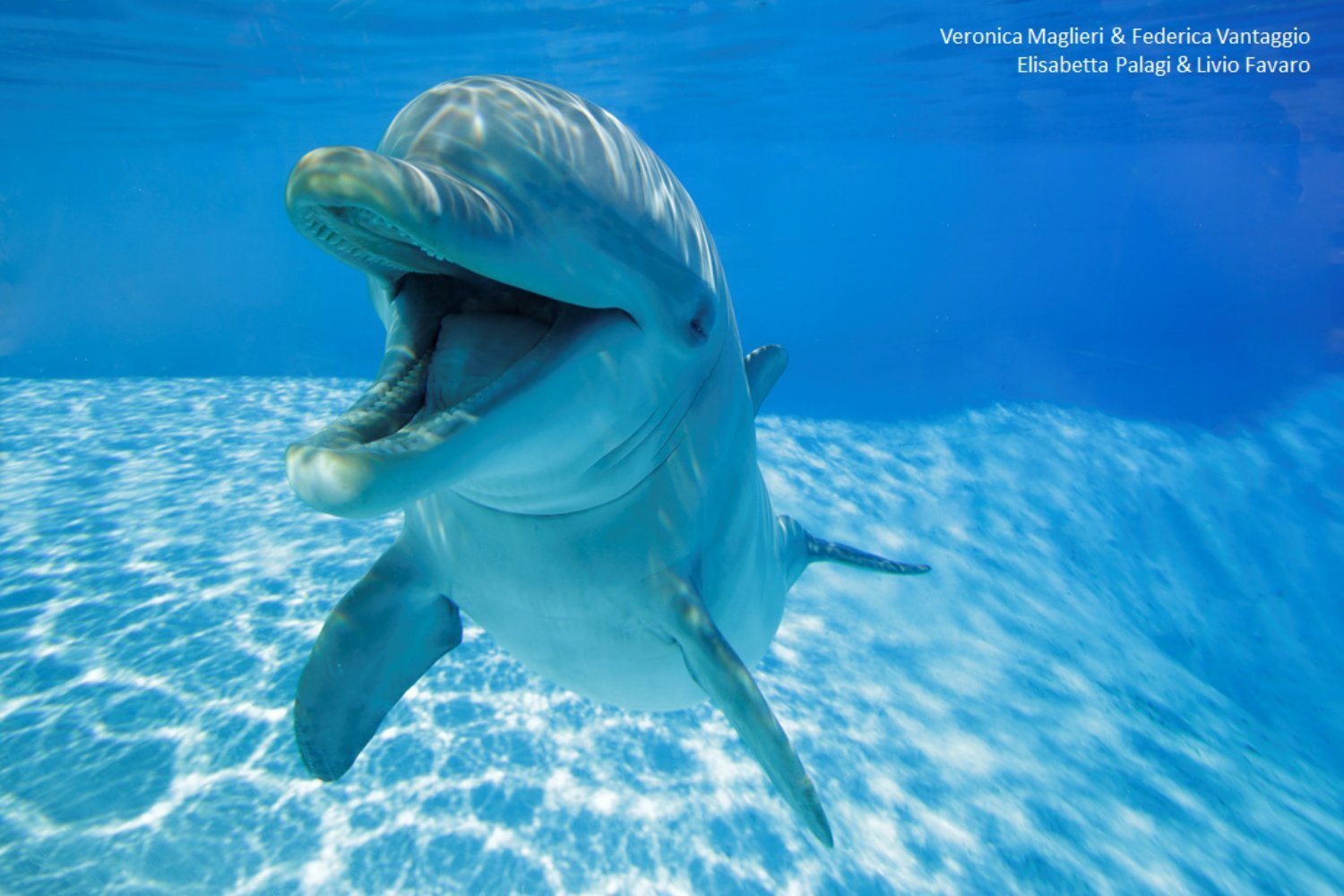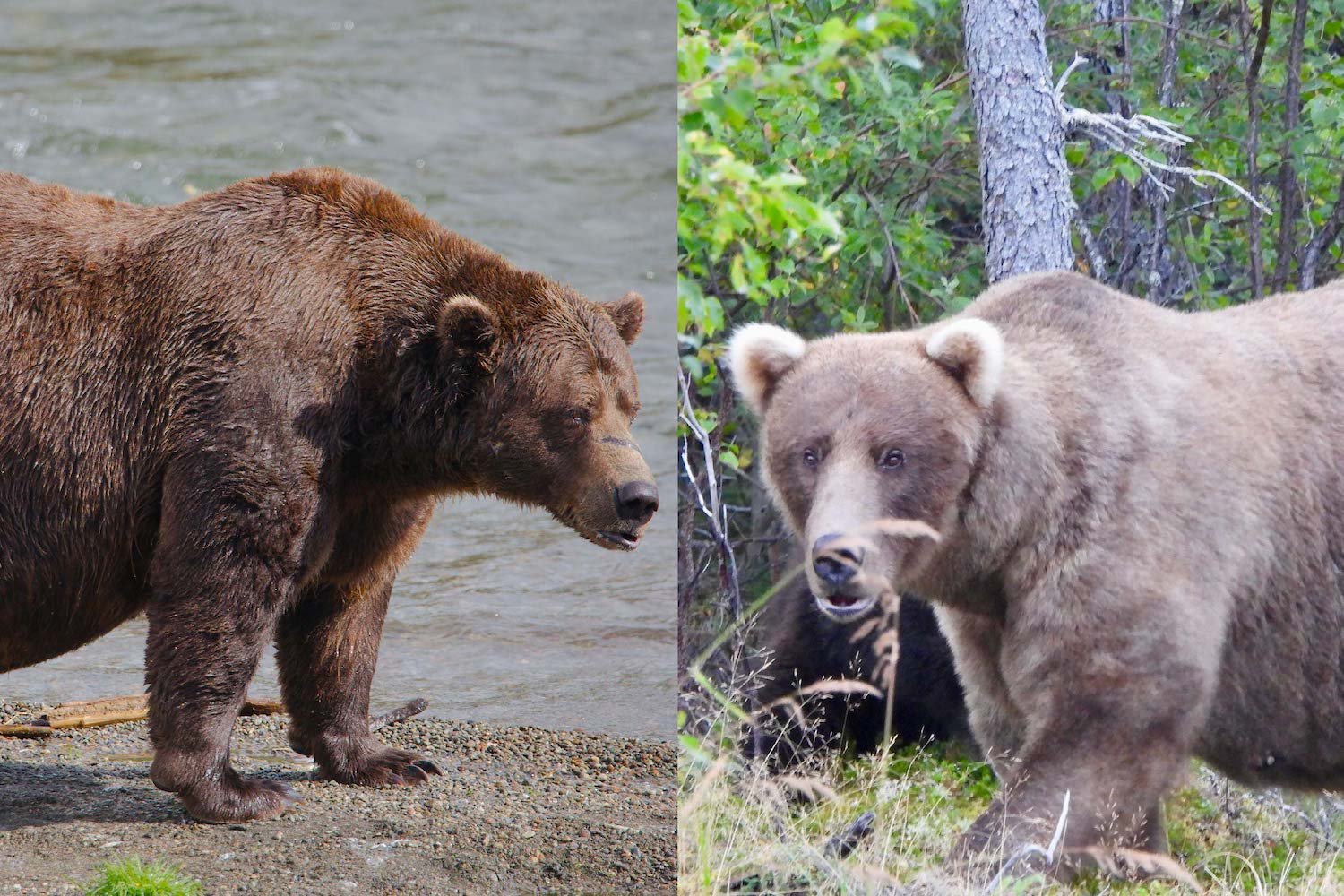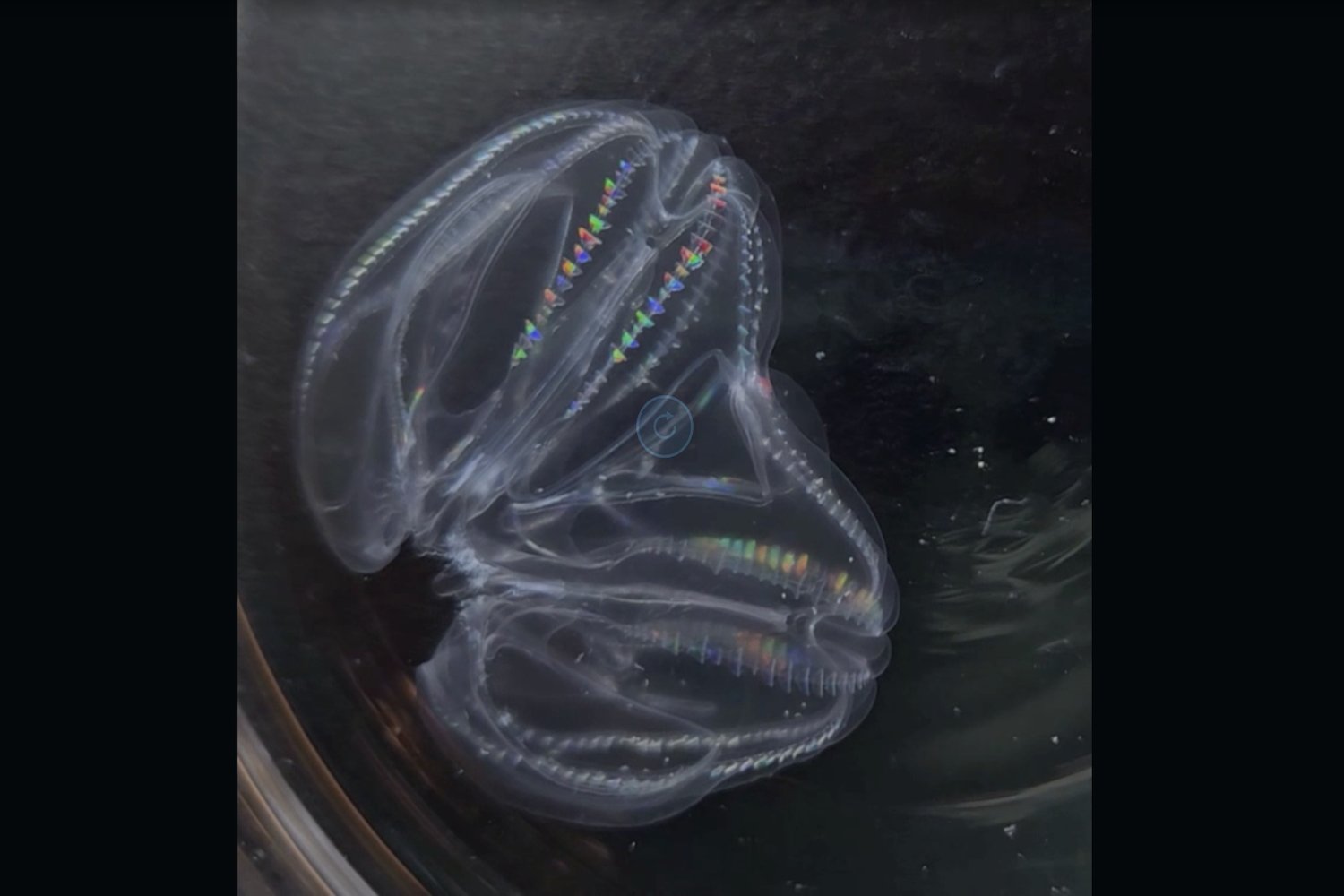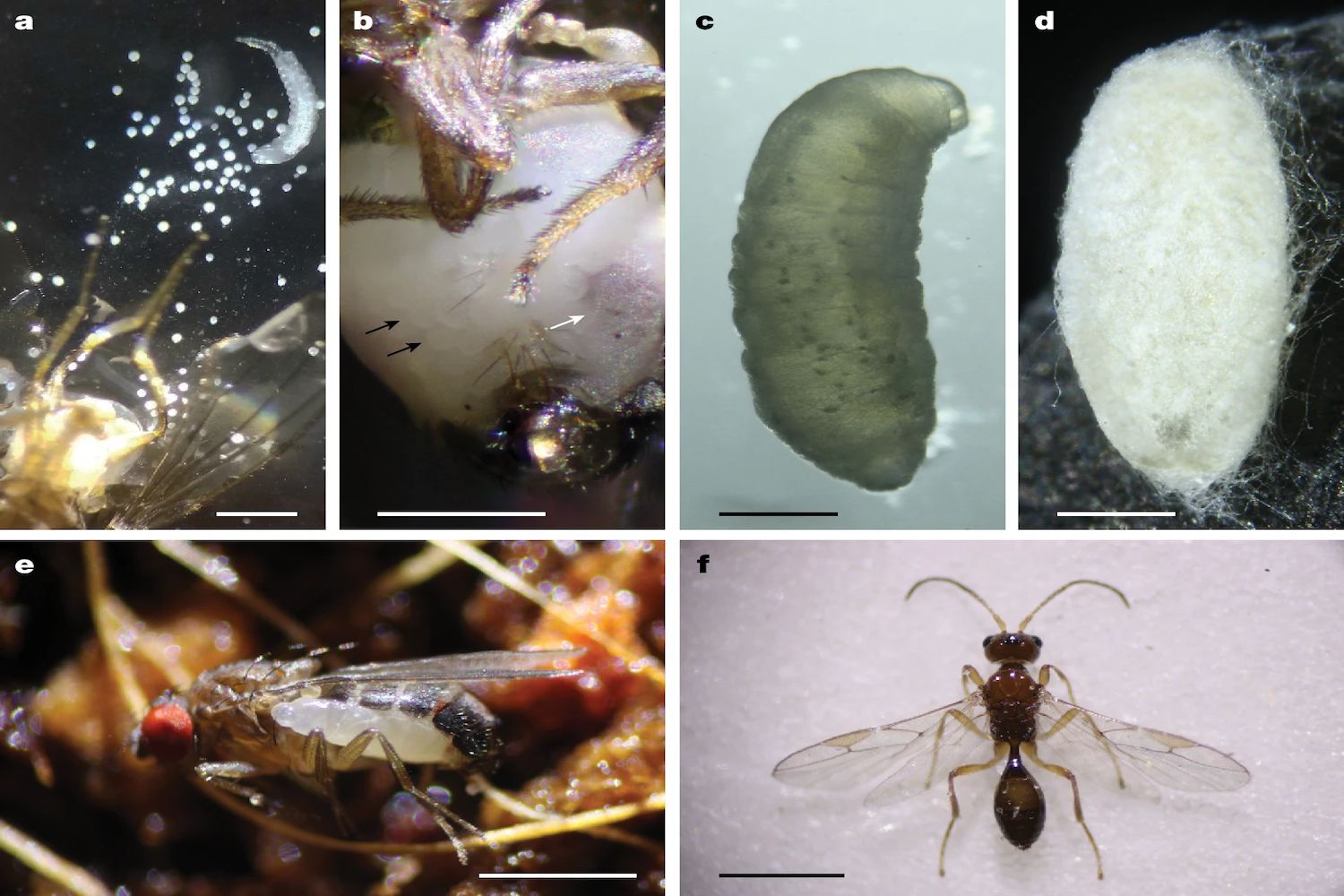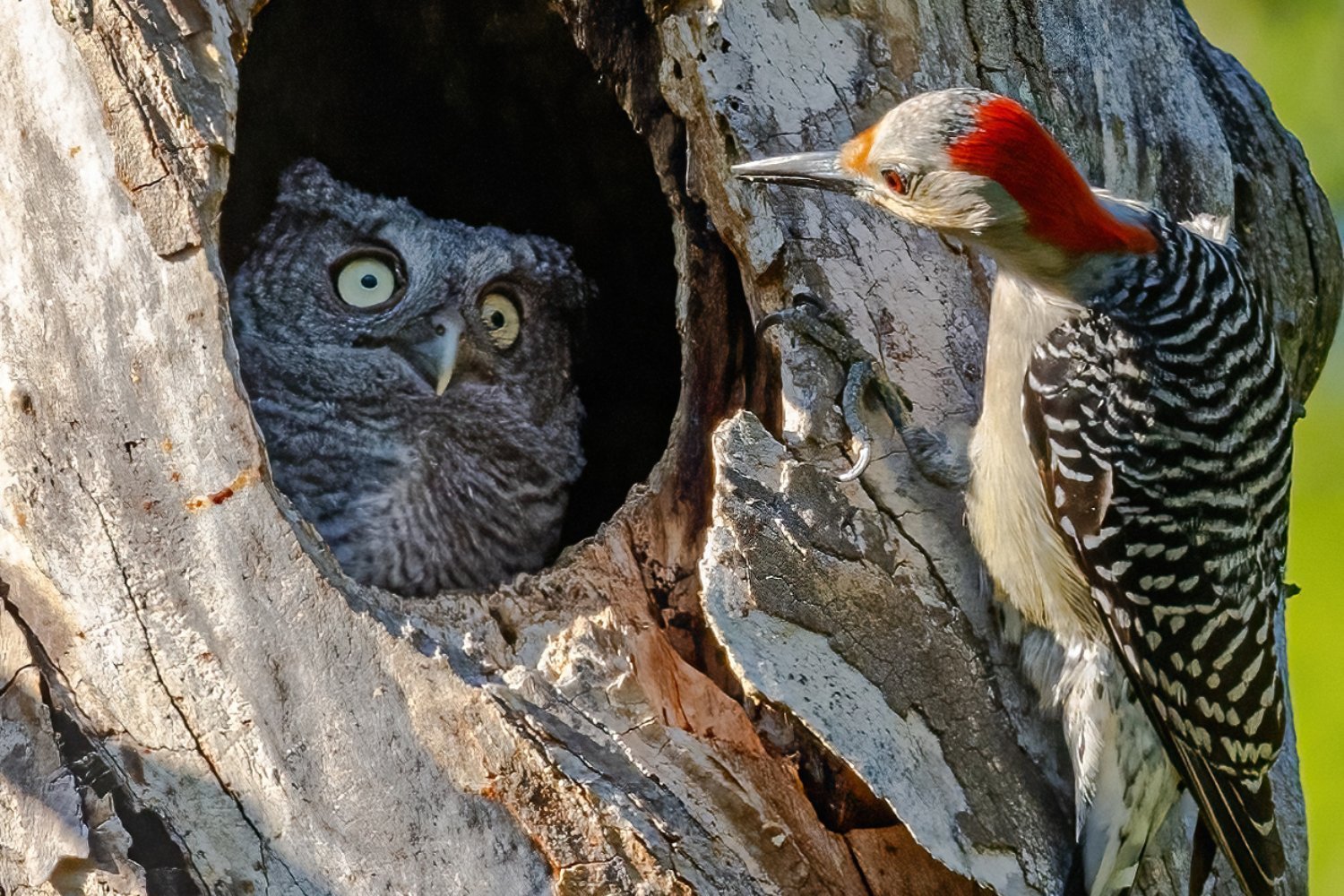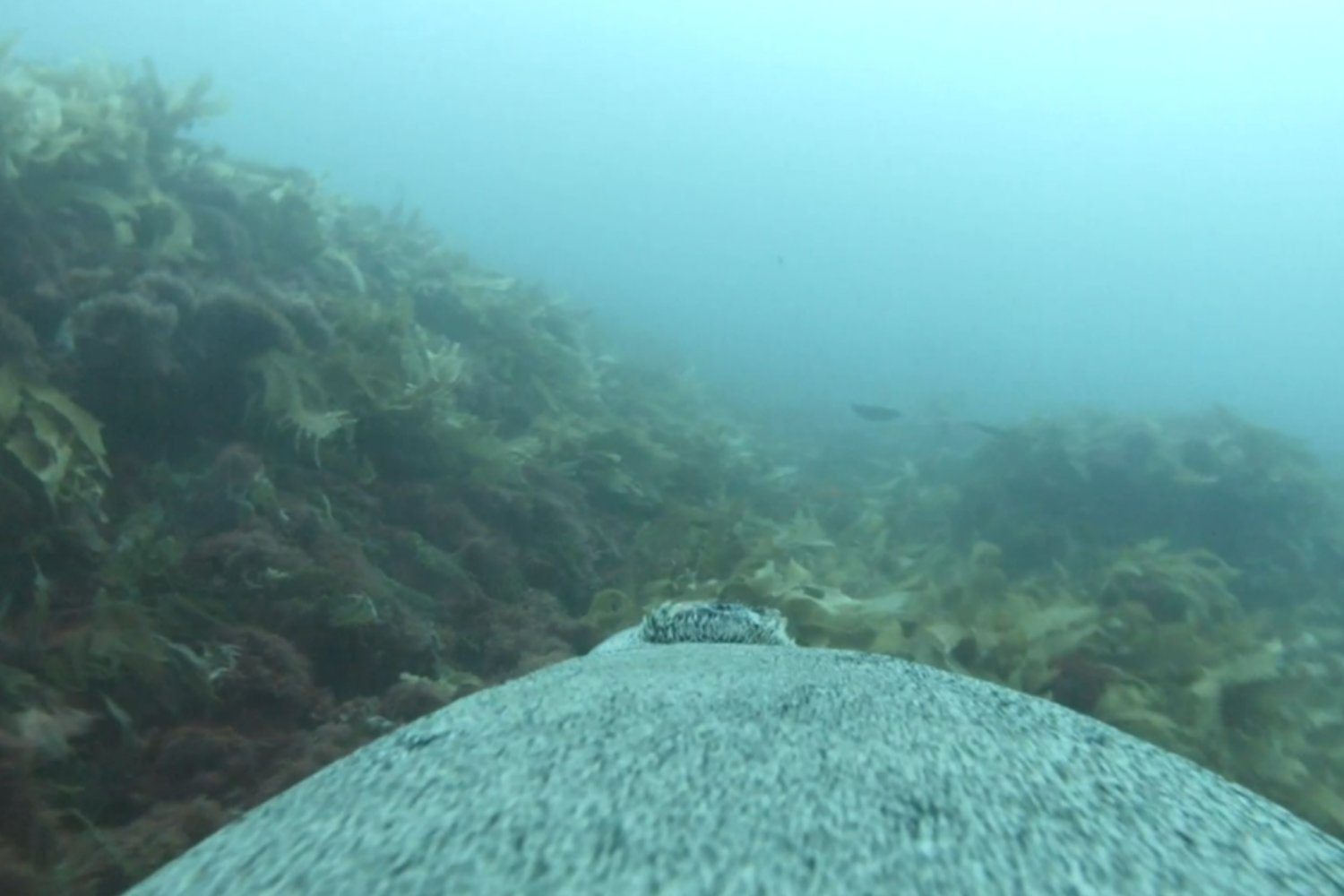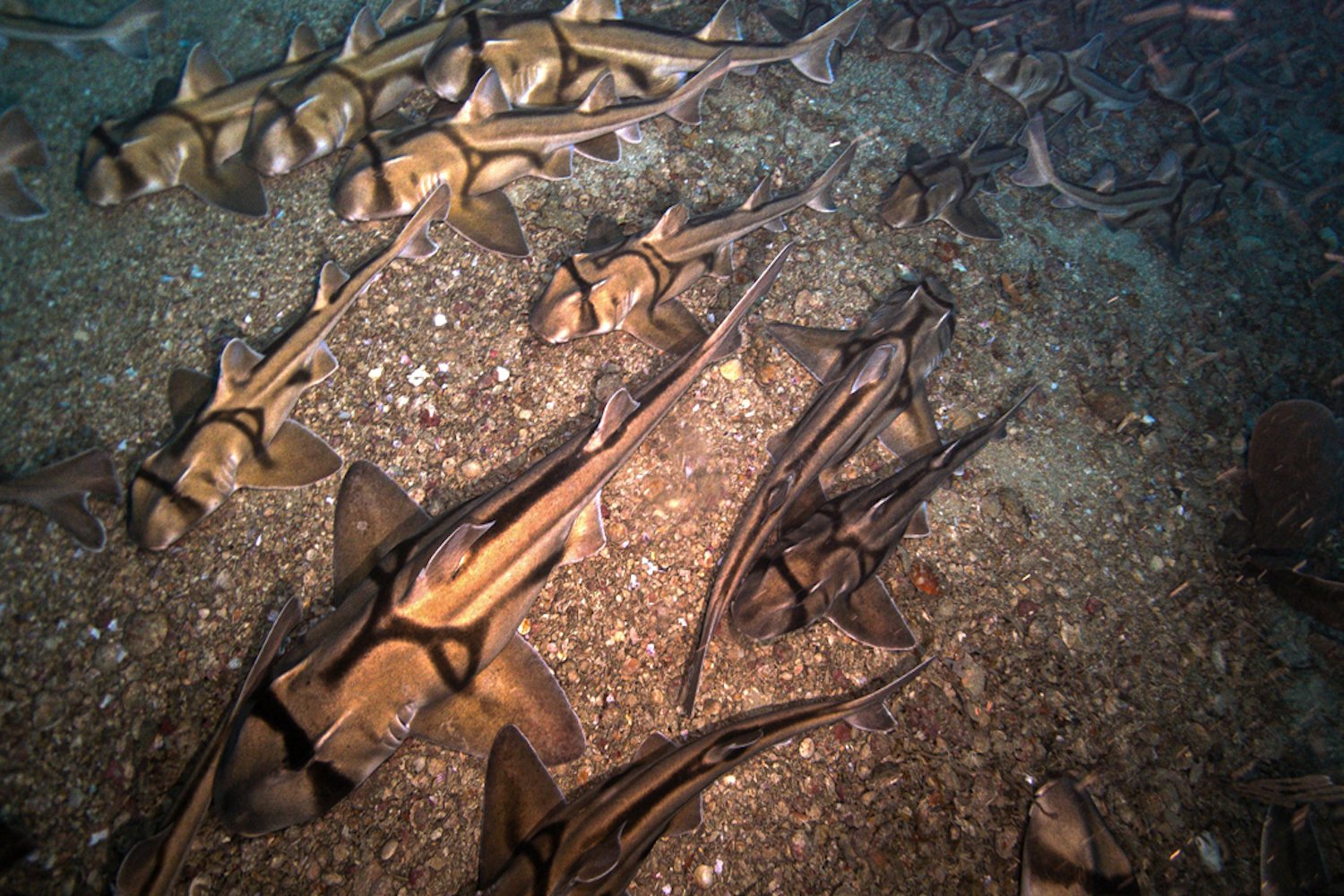Dolphins, known for their intelligence and social nature, share more than a few similarities with humans. From intricate vocalizations to complex social interactions, these marine mammals continue to fascinate researchers. A recent study has revealed yet another intriguing parallel: bottlenose dolphins (Tursiops truncatus) exhibit a distinct “open mouth” gesture during play, much like a smile or laugh in humans. This finding suggests that these playful facial expressions may have deep evolutionary roots within the mammalian lineage.
Bottlenose dolphins are highly social creatures, engaging in frequent playful interactions. Researchers Elisabetta Palagi and Livio Favaro, while studying play behavior in captive dolphins, noticed this unique open-mouth display. “When in front of the pool and after recording the first videos we realized that dolphins emitted prolonged open mouth displays while playing, and we did not see a similar behavior in any other context,” Palagi, an evolutionary biologist at the University of Pisa, explained. This observation sparked a deeper investigation into the phenomenon.
To confirm their initial findings, the research team meticulously recorded dolphins in various scenarios: playing in pairs, interacting with human trainers, and engaging in solitary activities. The open-mouth display was predominantly observed during playful interactions, especially between dolphin pairs. Of the 1,288 recorded instances of this behavior, a staggering 92% occurred during paired dolphin play sessions. Furthermore, the display was most frequent (89%) when the dolphins had direct visual contact with each other. Intriguingly, when one dolphin displayed the open mouth gesture, the other dolphin reciprocated approximately one-third of the time. This suggests a potential element of mimicry and shared understanding within their social interactions. The study’s results were published in the journal iScience.
“In our research, we’ve uncovered the presence of a distinct facial display, the Open Mouth, in bottlenose dolphins,” Palagi stated. “This discovery sheds new light on how dolphins use subtle facial cues during social play.” Dolphins utilize a diverse range of communication methods. Their vocal repertoire is considered one of the most complex in the animal kingdom, including high-pitched whistles for social interaction and individual identification. These vocalizations are particularly crucial in murky waters. However, in clear water or close proximity, visual communication becomes more prominent. Facial expressions, like the open-mouth display, likely facilitate rapid two-way exchanges in these situations.
This study marks the first observation of dolphins recognizing and rapidly mimicking playful facial gestures, similar to how humans share laughter and smiles during social interactions. While the possibility of coincidental similar expressions exists, the strong correlation between visual contact and mimicry suggests a more deliberate communicative function.
Although dolphins may not possess the wide range of facial expressions seen in primates or other land-dwelling social animals, they are still mammals. The prevalence of playful gestures across various mammal species suggests that these behaviors may have ancient evolutionary origins, potentially arising multiple times independently.
“Though we are still unraveling the evolutionary origins of play and how animals fine-tune their playful behaviors, one thing is clear: open-mouth signals and rapid mimicry appear repeatedly across the mammal family tree,” Palagi commented. “This suggests that visual communication has played a crucial role in shaping complex social interactions, not only in dolphins but in many species over time.” This implies that even human laughter may have ancient roots, evolving multiple times throughout the history of life.
Further research is needed to explore how other mammals, particularly those closely related to dolphins like deer, hippos, and other artiodactyls, communicate during play. Investigating the vocalizations used by dolphins during play and how their interactions differ between other dolphins and human caretakers would also provide valuable insights into their social dynamics.



